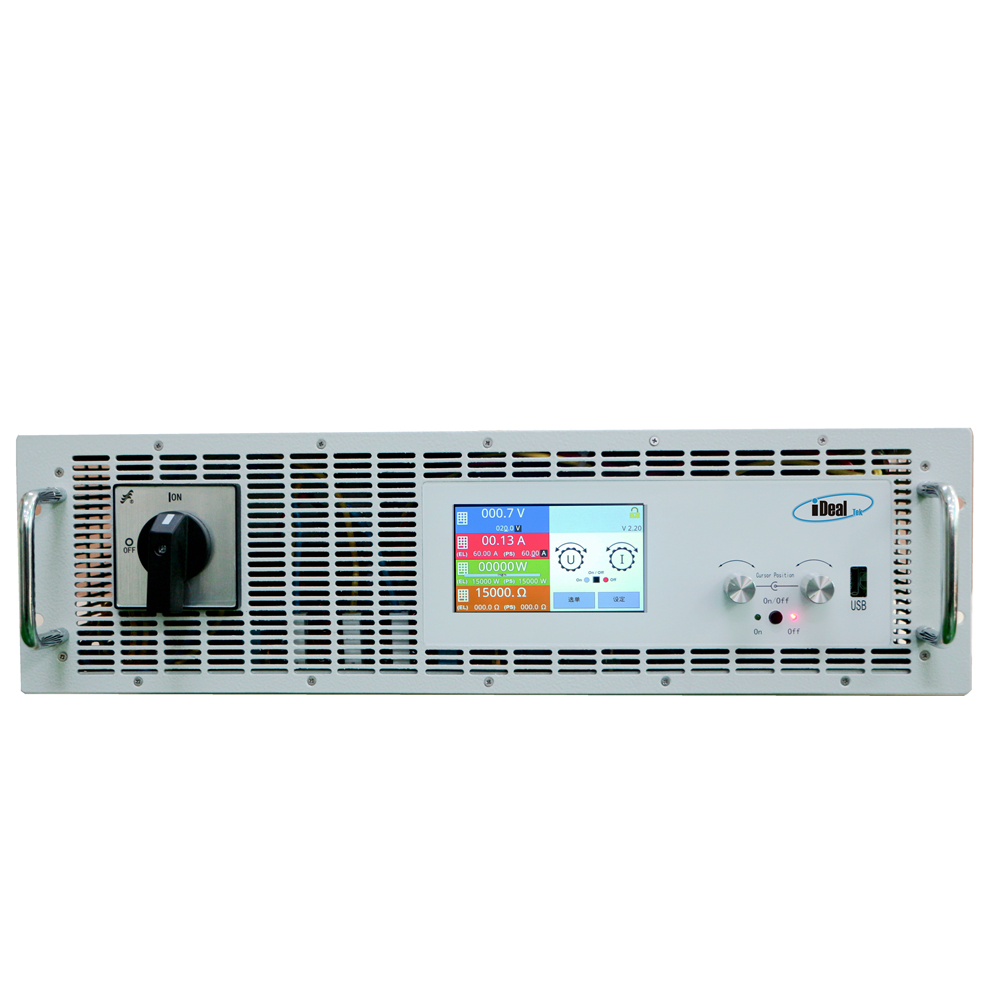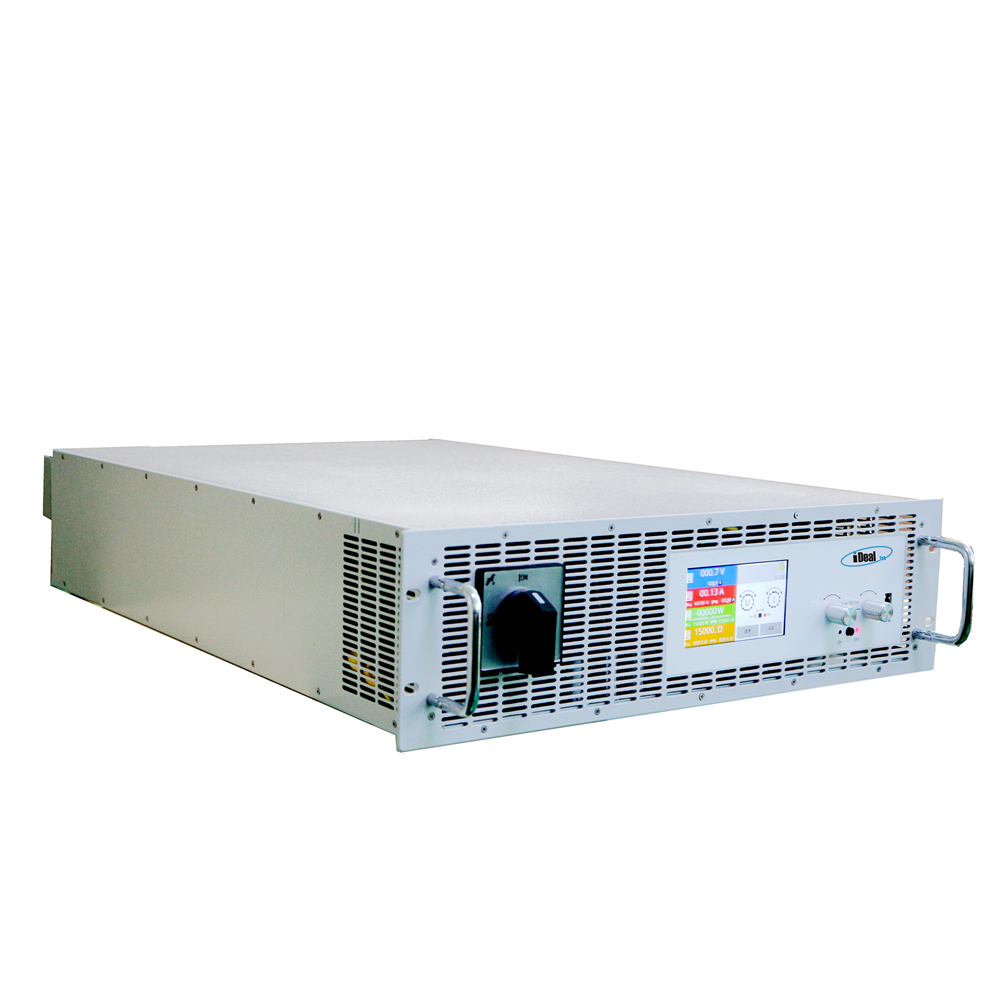The absence of phase operation is one of the most dangerous issues for a motor, but the damage caused by motor stalling should not be overlooked. In industrial settings, if a motor becomes blocked for an extended period, it can lead to motor burnout and even serious equipment damage, resulting in costly repairs or replacements. This is why motor stall protection is essential, and the foundation of such protection lies in conducting proper stall tests.
Motor stalling occurs when the motor is unable to rotate, yet still attempts to generate torque. This condition is typically caused by foreign objects, mechanical failure, or improper installation. When the motor experiences excessive load, a foreign object gets stuck, or there's a malfunction in the mechanical system—such as damaged bearings or a faulty drive unit—the motor may stop rotating entirely.
When a motor operates normally, the magnetic field generated by the stator induces current in the rotor, which in turn creates its own magnetic field that opposes the stator’s. This interaction helps regulate the current in the windings. However, when the motor is stalled, this induced current cannot form, leading to a sudden increase in the current drawn by the motor. The power factor drops significantly, and the stall current can rise to 5 to 12 times the rated current, depending on the motor’s size and design. As a result, the motor can overheat and eventually fail if the stall lasts too long.
To prevent such damage, motors are usually equipped with overcurrent protection systems. These systems are designed to detect prolonged stalls and cut off the power supply to protect the motor from overheating. The correct setting of these protections must be determined through testing, making stall tests a critical step in both new motor development and quality assurance during production.
Stall tests involve measuring key parameters like the stall current (Ik), stall torque (Tk), and stall loss (Pk) under rated voltage conditions. For three-phase asynchronous motors, the test can also capture the relationship between input power and voltage, known as the stall characteristic curve. This data provides valuable insights into the motor’s internal structure, helping identify potential design flaws or manufacturing issues.
The MPT1000 motor test platform offers a comprehensive solution for conducting stall tests. There are two main types: conventional and standard-compliant. The conventional method is cost-effective and easy to implement, often involving gradually increasing the load until the motor stalls. Alternatively, a custom blocker can be used to simulate the stall directly. During the test, high-speed data acquisition systems collect real-time measurements of torque, voltage, and current, allowing for accurate calculations and analysis.
The national standard stall test follows the procedures outlined in GB/T 1032-2012, specifically Chapter 9 on locked rotor current and torque measurement. This method is more structured and may require additional voltage control equipment. However, with programmable
AC Power Supplies, the process can be automated, improving efficiency and consistency.
Whether using a conventional or standard-compliant approach, stall tests provide crucial data for motor design, performance evaluation, and fault diagnosis. They ensure that protective measures are based on real-world conditions, making motor operation safer and more reliable. Therefore, conducting stall tests is an essential part of motor production, testing, and maintenance.
Bidirectional DC Power Supplies
The BPS series of bidirectional programmable power supplies are high-precision, low-ripple and fast response speed bidirectional DC Power Supplies with an all-digital signal control loop designed by iDealTek-Electronics based on IGBT high-frequency switching technology and bidirectional AC/DC topology architecture.

Different from the traditional DC power supply which only has constant voltage and constant current working modes, this series of programmable bidirectional AC DC power supplies have both power supply and load characteristics. It has multiple working modes of constant voltage, constant current, constant resistance and constant power, and can realize dual quadrant operation to allow the energy of the measured object to be fed back to the power supply. And Bidirectional AC-DC Power Supplies have built-in function generator, can freely generate arbitrary waveforms.

This Bidirectional DC Power Supplies are featured for high reliability, efficient setting function and complete protections, also supporting the requirement of parallel connection of multiple-units to achieve output power rating expansion, making this bidirectional power supply the best choice for the cutting-edge application industry for automated testing, automotive production line manufacturing testing, photovoltaic plate aging testing and various DC power supplies.
This series of bidirectional DC power supplies adopt active power factor correction technology, which is specially designed for typical 380V and 480V AC two-phase or three-phase alternating current with the rated output power ranging 5KW / 10KW / 15KW, the maximum output voltage ranges from 80V to 2000V under different rated powers, and the bidirectional power can be flexibly adjusted. It can output a higher voltage at a lower current or a higher current at a low voltage while maintaining within the maximum rated power range. Bidirectional DC Power Supplies, Bidirectional Power Supplies, Bidirectional AC-DC Power Supplies, Bidirectional AC DC Power Supplies, Bidirectional Programmable Power Supplies
Yangzhou IdealTek Electronics Co., Ltd. , https://www.idealtekpower.com

